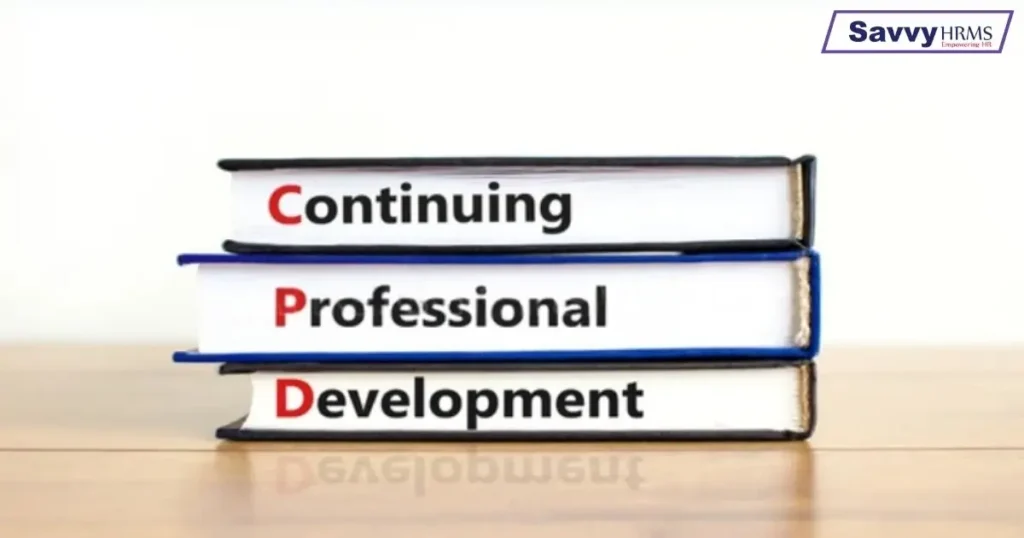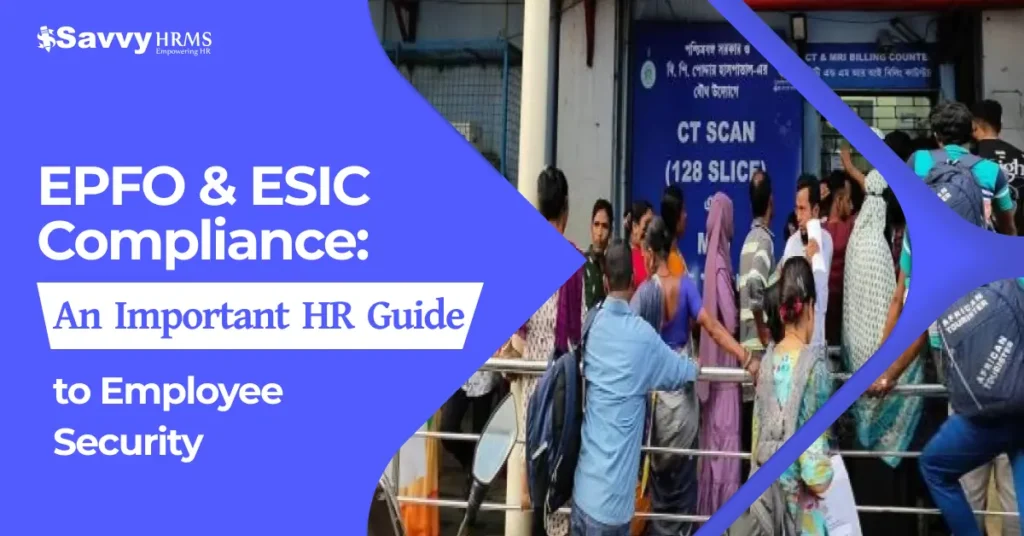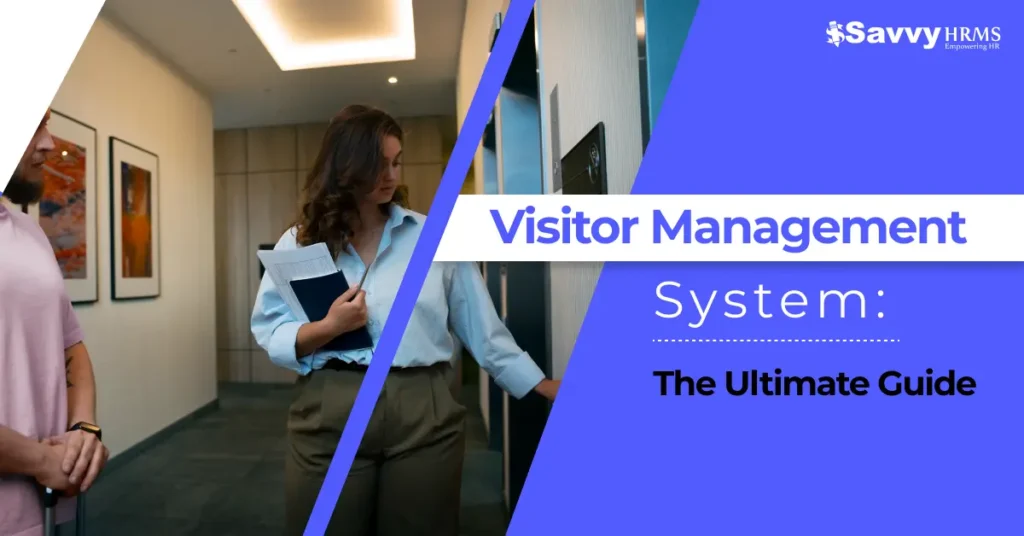In today’s increasingly quick-paced world, the workplace is also changing. Roles are changing. Skills are updated and changed quickly. That’s the time when Continuing Professional Development comes in.
Regardless of whether you are an entry-level employee, in management, or part of the HR department, CPD is important to aspiring employees. CPD provides the opportunity to develop, change, and lead in your profession.
But What Does Continuing Professional Development mean?
Continuing Professional Development is every learning experience that occurs after an individual exits school or college, which includes training, certifications, workshops, or experiential learning. In other words, upskill as often as possible!
Professionals refer to CPD to:
- Stay relevant
- Enhance performance
- Promote
- Align with HR Training
Why CPD is More Important Now
A 2024 report by LinkedIn Learning reported that…
Longer tenure staying at a company that invests in our learning! Stated by 94% of employees.
In the Deloitte survey:
Companies with strong learning cultures were 92% more likely to develop new products and processes.
With all the above statistics, you can clearly see that Continuing Professional Development is not optional. It is essential!
Forms of Continuing Professional Development
- Organised Learning: Online courses, certificates
- Unorganised Learning: Webinars, podcasting, self-directed study
- On-the-job learning: Capability coaching, stretch assignments
All of these elements contribute to improved productivity and growth.
Why is CPD good for employees?
- Increases confidence and motivation
- Improves job satisfaction
- Creates opportunities for promotion
Keeps the view of industry changes to prepare for shifts in service delivery
In addition, human resources managers will use the record of CPD in performance reviews and promotion decisions.
Integrating CPD in HR Strategy
Human resource teams are now planning CPD activity as part of their yearly planning.
- Creates leadership pipelines
- Address skill gaps
- Increase employee engagement
- Align development with business needs
HRMS tools like Savvy make it less complicated to plan for CPD activity and assess the learner’s journey.
continuing professional development For Different Career Phases
- Students & Freshers
- You’ll start developing skills and competencies before securing a full-time role. Certifications and internships will count.
- Mid-Level Professionals
- Moving forward as a mid-level professional, CPD will help with promotions and any transitions. Leadership development, along with training specific to the role, is very helpful here.
- Seniors Leaders
For a senior leader, CPD is essential for navigating through strategic planning, innovation, and digital transformation.
Integrating Continuing Professional Development within Savvy HRMS
- Create a CPD goal for each employee
- Track each employee’s learning hours
- Capture the employee’s CPD contributions to performance appraisals
- Track completion rates and ROI
To ensure learning is structured, accountable, and measurable.
Conclusion
To conclude, Continuing Professional Development is the building block for your long-term career success, positioning you to remain current, competitive, and fulfilled at work. Companies that embrace CPD are developing stronger teams, innovating more, and supporting talent retention. Developing a CPD framework is simple and easy to use when implemented through software tools like Savvy HRMS that can turn CPD into a simple, transparent, and data-driven exercise.
FAQs
- What is Continuing Professional Development?
It explains the continuation of upgrading your skill set and knowledge.
- Why is CPD important to HR?
It is important for building better teams and retaining top talent.
- What is an example of CPD?
Online training, certification courses, workshops, and mentoring.
- Can CPD help promote employees?
Yes. In most cases, promotions are based on upskilling and performance.
- How does Savvy HRMS support CPD?
It tracks training and training goals, and can also assign CPD to performance.



